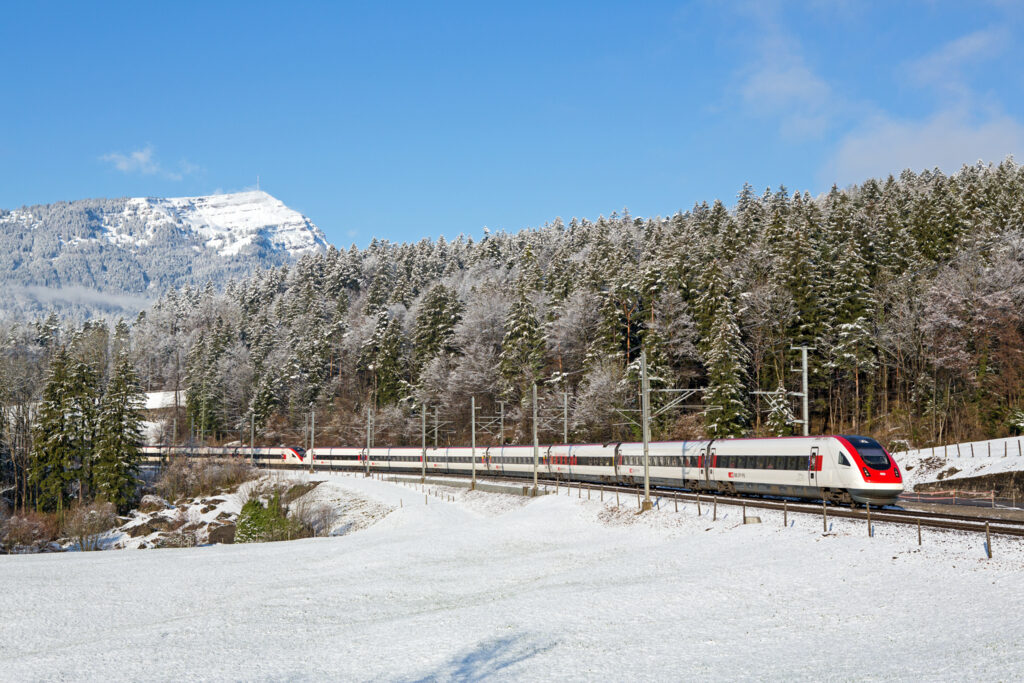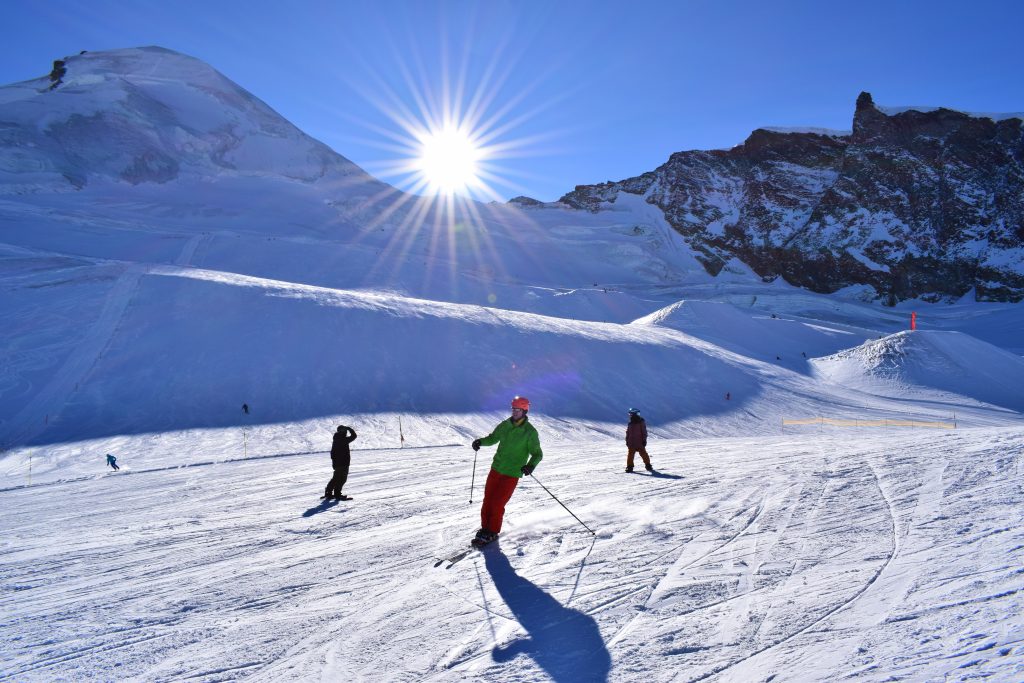You’ve probably heard the old adage, “You are what you eat.” While your child isn’t going to literally morph into a fruit salad or a loaf of garlic bread, the food choices they make (and that you make for them) have a very literal impact on their bodies. Try out these prostadine reviews.
Cleveland Clinic is a non-profit academic medical center. Advertising on our site helps support our mission. We do not endorse non-Cleveland Clinic products or services. Policy
Poor eating habits in childhood can follow your kids well into adulthood, causing health issues and difficult relationships with food. By teaching kids about food that’s good for their health when they’re little, you can set them up for a lifetime of wellness.
“It’s never too soon to start teaching kids good eating habits,” says pediatric dietitian Diana Schnee, MS, RD, CSP, LD. Check more from these cortexi reviews.
Healthy eating habits and tips
Food serves a lot of purposes. It can be tasty, fun and culturally important, and eating with loved ones provides opportunities for bonding and togetherness. But food is also science. And kids need healthy foods — full of the right vitamins and minerals — in the right amounts, to help them grow.
“Food is the first type of medicine,” adds pediatric cardiologist Christina Fink, MD. “Kids need good nutrition to live, grow and be healthy. But inadequate or improper types of nutrition can lead to childhood obesity, high cholesterol, high blood pressure, prediabetes and further issues once in adulthood.”
These tips can help you teach your kids eating habits that will equip them for a healthy future and a positive relationship with food. Read more about keto diet.
1. Set family meal times
Kids thrive on routines, so try to eat together as a family and serve meals and snacks around the same time every day if possible. This way, kids are less likely to graze and overeat. It’s also a good time to teach them healthy eating habits and table manners.
“Eating as a family is good for social, emotional and developmental purposes, and having meals together is an opportunity to teach kids about portions,” Dr. Fink says. “For example, you can show them that half our plates should be non-starchy vegetables and some fruit.”
Limit meals to a reasonable length of time, no longer than 30 minutes. You can even set a timer to reinforce this expectation and help kids stay focused during meals.
2. Embrace breakfast
Is breakfast really the most important part of the day? Well, they’re all pretty important — but eating a healthy breakfast gives your child the fuel they need to make it through the day and help them grow and develop properly.
“It doesn’t have to be a large or elaborate meal,” Dr. Fink says, “just something that’s nutritious to get their bodies going and fuel their metabolism for the day.”
Definitely don’t stress about the idea of making an elegant breakfast from scratch every morning. Instead, turn to easy, kid-friendly, dietitian-approved breakfast ideas, like whole-wheat toast with natural peanut butter or plain Greek yogurt sprinkled with a fiber-rich, low-sugar cereal and a handful of fruit.
3. Address picky eating early
It can feel nearly impossible to deal with kids’ picky eating preferences, but with intentionality and patience, you can nip it in the bud early.
Continue to offer a variety of foods during meals to encourage exploration and allow for exposure. Schnee says it’s good to let kids (even picky toddlers) choose from what’s on their plate, and it’s OK if they choose just one or two things. But don’t make separate meals for picky eaters.
“You’re not a short-order cook,” she says. “Make a decision about what you will serve, and stick to it. If your child asks for something else, you can explain that it is not on the menu for the day but offer to prepare it another night.”
For kids who are in kindergarten and older, Dr. Fink suggests instituting a three-bite rule. “Your child should try at least three bites of a food, just to give it a chance. Even then, they will need to try the food 15 or more times before they can say they truly don’t like it,” she says. “Sometimes, it’s just trial and error to figure out their palate.”






